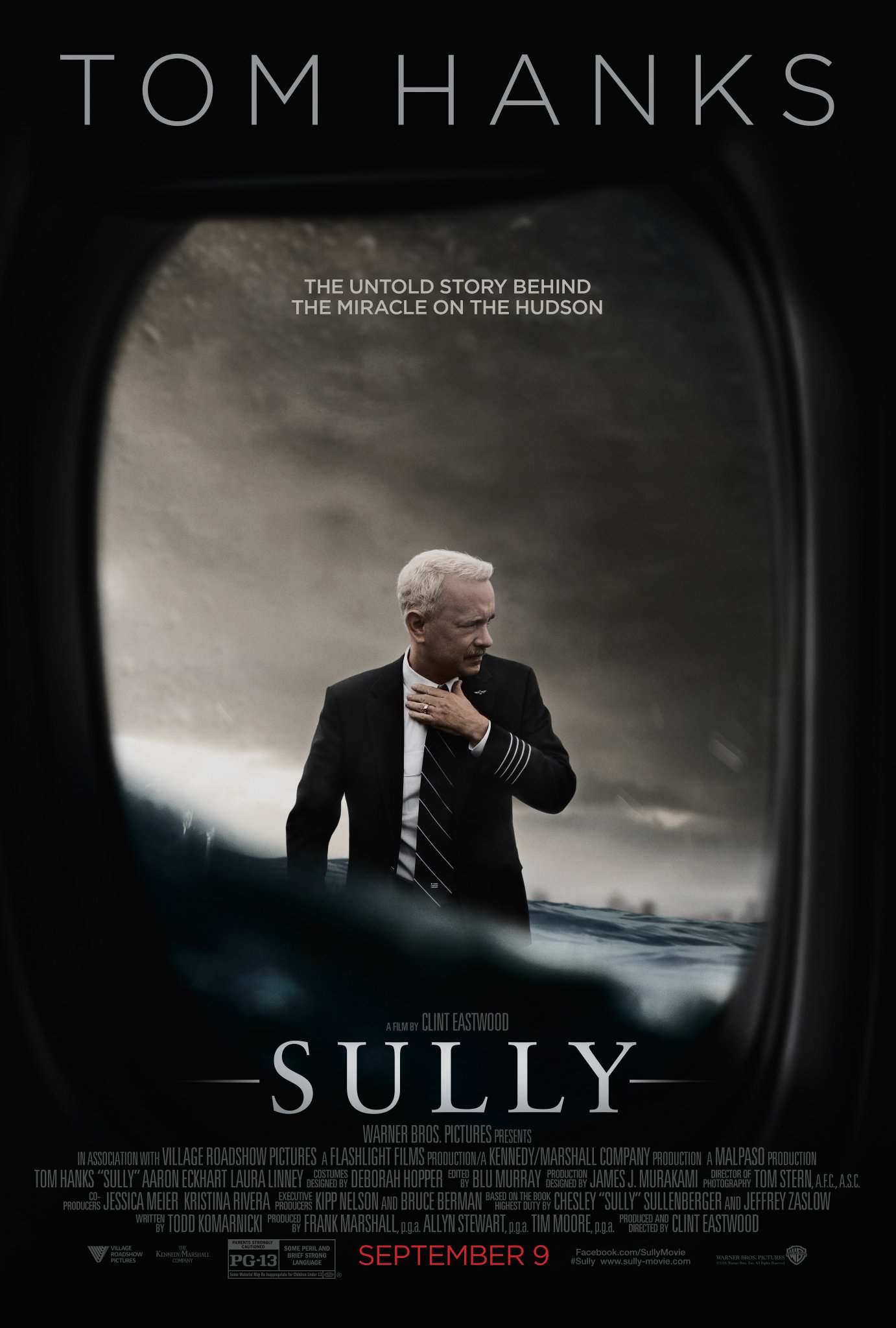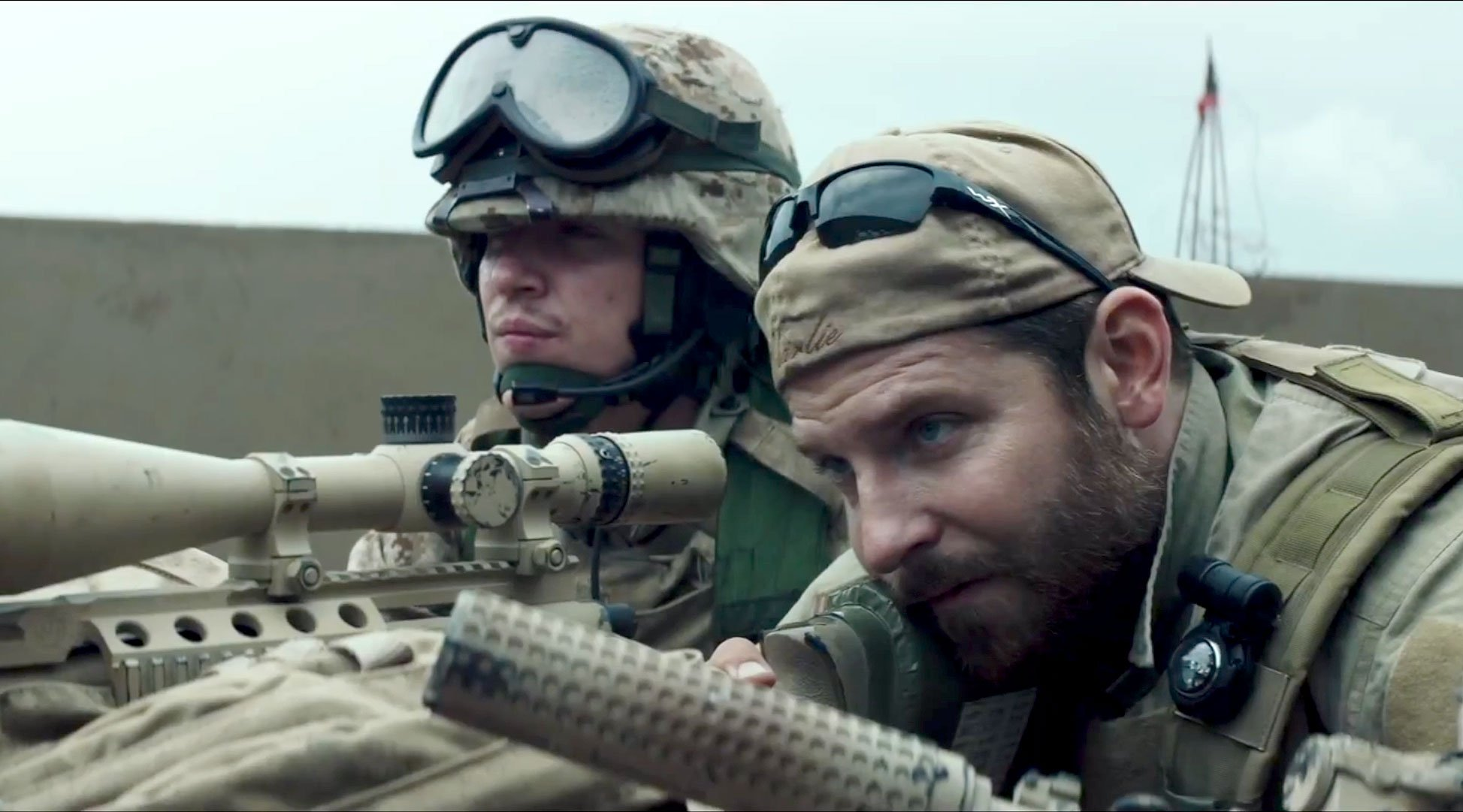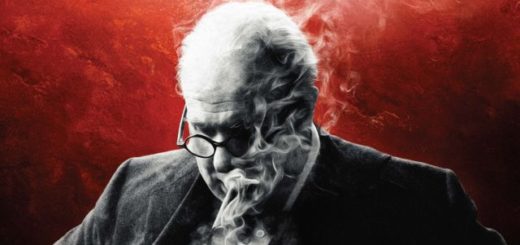SULLY Review

Director: Clint Eastwood
Genre: Drama, Biography
Year: 2016
“I don’t feel like a hero… I’m a man who was doing his job.” This is one of the several ponderous masculine mottos ushered throughout the brisk 96 minutes of SULLY, Clint Eastwood’s latest directorial effort. The speaker is Tom Hanks, playing the eponymous part of Captain Chesley “Sully” Sullenberger — who is remembered for successfully landing US Flight 1549 in the Hudson River in 2009 after a collision with a flock of geese caused dual engine failure. The film, for better or worse, attempts to stick as close to reality as possible, making the primary conflict the ensuing investigation of Sully’s actions by the National Transportation Safety Board (NTSB). This immediately recalls another recent plane-crash-turned-procedural film, Robert Zemeckis’ FLIGHT.
SULLY and FLIGHT may appear similar on paper, but while FLIGHT had narrative goals of didactically denouncing substance abuse, SULLY is not driven by a similar intention. This is logical, as FLIGHT’s overlong running time and audacious camera moves were indicative of Zemeckis trying to assert himself while directing his first live action film since 2000. SULLY, on the other hand, feels like a film made by a man who has essentially directed a movie a year for two decades and has little, if anything, left to prove. Eastwood and screenwriter Todd Komarnicki are content to work in a mode of portraying events as they happened, not bogged down by overt character arcs or even much propulsion from one scene to the next.
Much of SULLY’s first half is built around Hanks’ recurring visions of the violent plane crash that serve as a visualization of the Post-Traumatic Stress Disorder that Sullenberger actually experienced. Yet despite Hanks’ subtle expressions that hint at deeper pain and the gorgeously staged crashes, the visions don’t build to anything and are entirely forgotten by the third act. In fact, the film opens with the most visceral of the reenactments, growing more subdued with each recurrence. This may be an accurate depiction of Sullenberger overcoming his PTSD, but it doesn’t make for very engaging cinema.

“But Sully, how does that make you feel?”
The biggest theme gleaned from this docu-drama will be familiar to any Eastwood fan — a true american hero is one who does his/her (but mostly his) job to the best of their ability. Eastwood takes a similar approach to his own job, appeasing his largest demographic of white senior citizens. The bland casting is the first sign of such, with Tom Hanks serving as America’s everyman since SPLASH (1984) and as recently as CAPTAIN PHILLIPS (2013). This is true down to the extras: Not a single passenger of Flight 1549 is a person of color. Beyond the diversity problem in this film, Eastwood makes no attempt to personify a single female. Laura Linney plays Sullenberger’s wife, where her talent is wasted on the role of a nagging wife who exists to provide exposition through undramatic phone calls. The rest of the women in the picture are enamoured with Sully, offering him kisses on the cheek and unprovoked bear hugs.
Questionable politics and lack of originality aside, this film does have a quietly comforting quality. Likely a product of Eastwood and Hanks’ combined experience, the pair know how to hold a viewer’s interest even when working with a story that’s lacking in characterization, plot, or an interesting mood. Eastwood’s vision of Flight 1549’s descent into the Hudson contains none of the anxious cutting, frantic camera movement, or blistering sounds of FLIGHT’s intense crash scene. However, Eastwood’s take is ultimately more effective, as it employs a director’s tool that is superior to technical savviness — empathy. Eastwood’s goal was not to cause the audience’s heart to beat faster, but to swell. (Speaking of heart rate, Hanks’ comment to a nurse that his “resting heart rate is usually 55” is the lamest humble brag I can remember in a film.)
Shooting the crash with wide lenses and a surprisingly slow pace, Eastwood emotionally connects the audience to the frightened passengers of the airliner as they make a water landing and exit to the bitterly cold Hudson River in January. They are rescued by New York’s finest, who are endlessly praised as heroes in the film and in the closing title cards — continuing Eastwood’s obsession with masculine figures rescuing those in need under the guise of “just doing their jobs.”

“Mondays, amiright?”
SULLY begs the question of whether a lifetime of hard work pales in comparison to 208 seconds of heroism, and makes the case for the former being more important. For its director that certainly is the case, as SULLY is far from his best work, Eastwood being content to stay on autopilot for this one. That being said, any longtime fan of Clint Eastwood’s advocation for male bravado and efficient filmmaking will probably find SULLY to be an enjoyable, if unnecessary, addition to the canon.
Verdict: Do Not Recommend




Insightful review Phil.